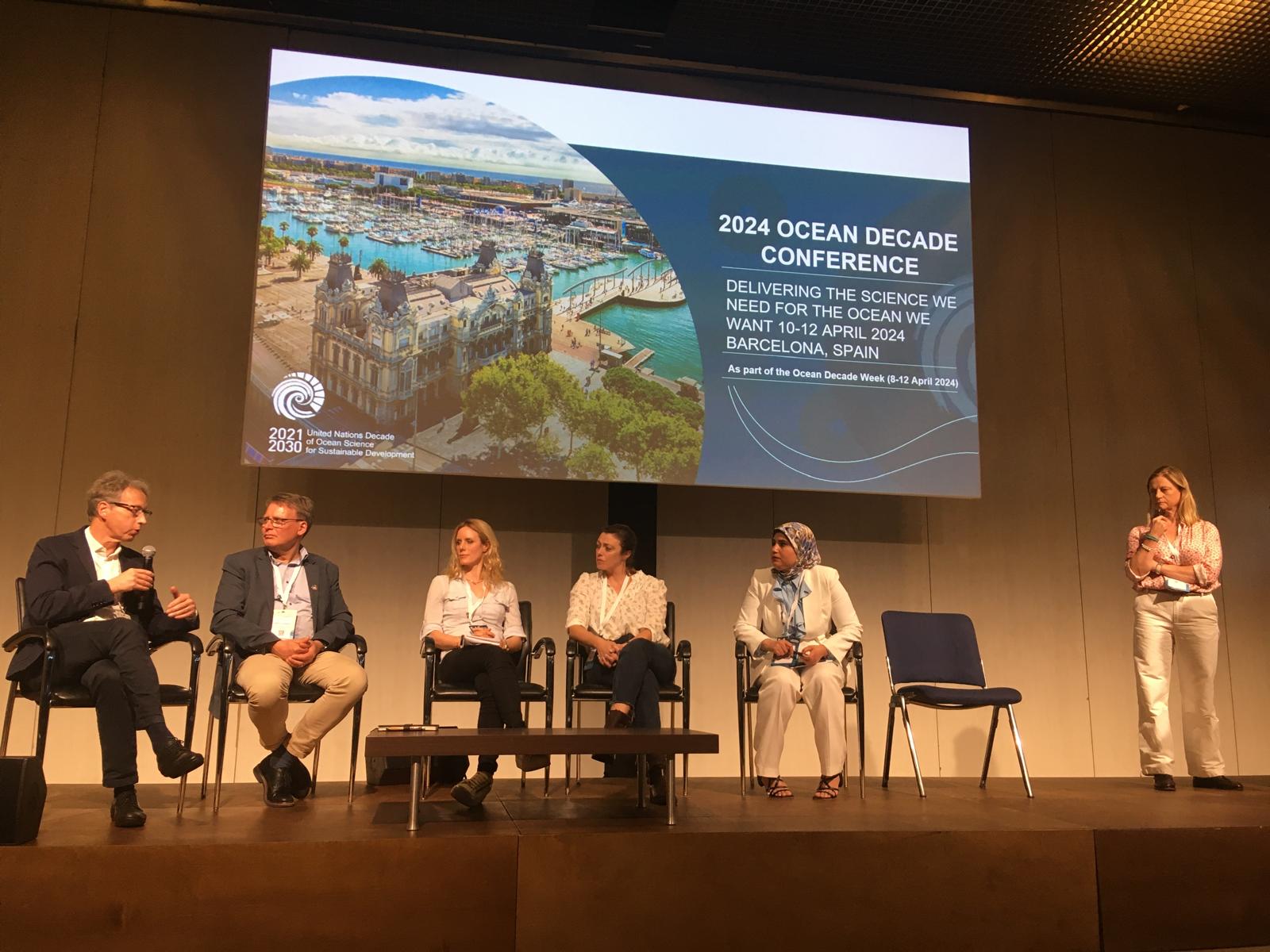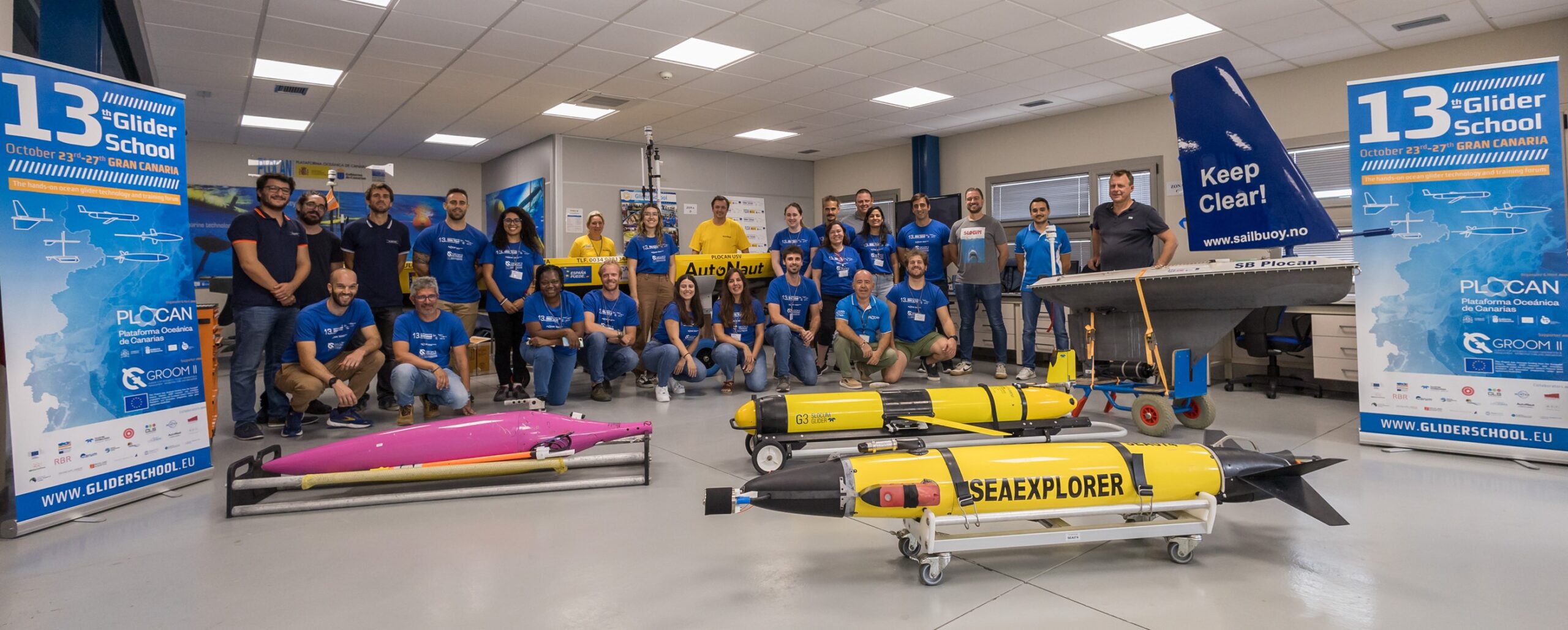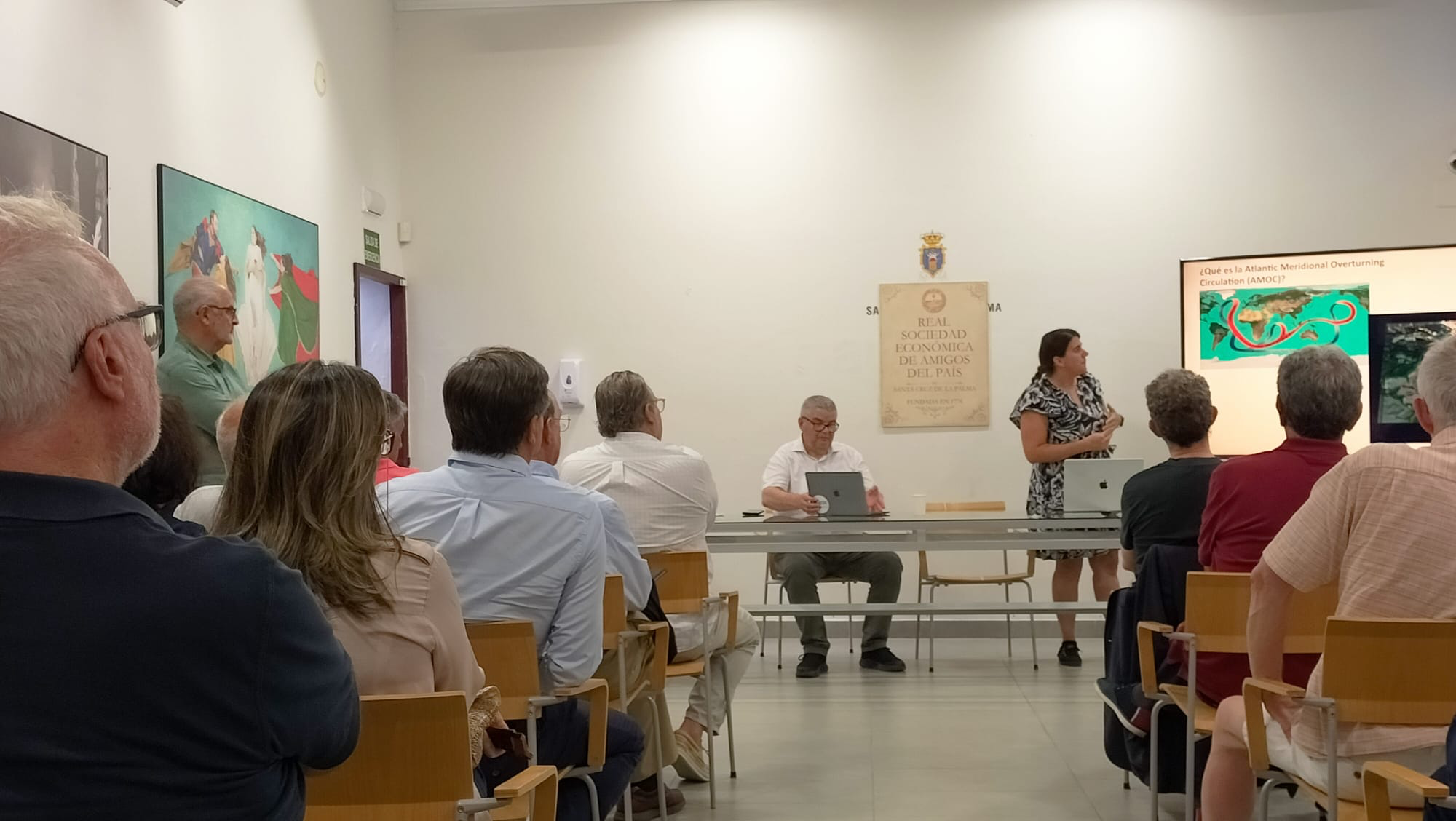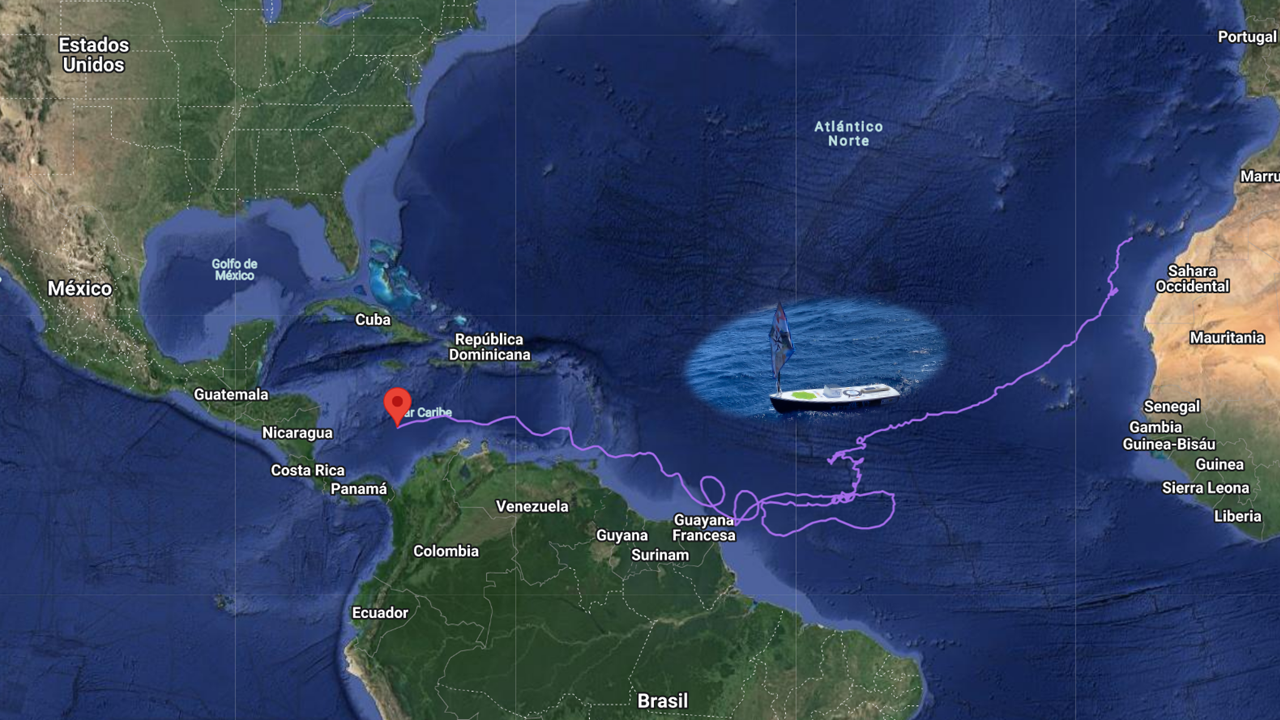PLOCAN has opened the first online workshop on the Autonomous Surface Vehicle (ASV) Network. This two-day event, which brings together around 100 participants, will seek greater efficiency in the management of the existing capabilities of the European ocean observing system.
The Workshop is organised through the EuroSea project, which is funded by the Horizon 2020 programme, and its main objectives are to improve existing capacities in the European marine in-situ observing system, to fill existing gaps and to make the resulting data and information available to end users.
The opening day will be devoted to technologies and the closing day will focus on the regulatory framework for such activities and best practices.
The EuroSea project provides support to the EOOS (European Ocean Observing System) strategy, led by the European component of the Global Ocean Observing System (EuroGOOS).
One of its main goals – network integration and improvement – relies on gathering more knowledge for a sustainable use of the ocean through a multiplatform network approach based on state-of-the-art observing technologies such as moorings, floats, gliders, HF-Radar, tide gauges, FerryBox, etc.
The EuroSea consortium partners are scientific institutions and non-public entities from thirteen European countries, Brazil and Canada. The project is also supported by intergovernmental organisations and networks, such as the World Meteorological Organisation (WMO), the Intergovernmental Oceanographic Commission of UNESCO (IOC-UNESCO), the European Marine Board (EMB) and EuroGOOS.
Contributions are also received from industry partners involved in the development of ocean observing technologies and services beyond the project.
Autonomous surface vehicles are unmanned platforms that have undergone significant development in recent years and play a growing role in ocean monitoring applications. ASV technology is able to perform a wide range of ocean observing applications and is already being deployed by a broad community of developers, manufacturers, operators and end users, although it is not yet recognised at the European (EuroGOOS) or global level under the term “network”.



